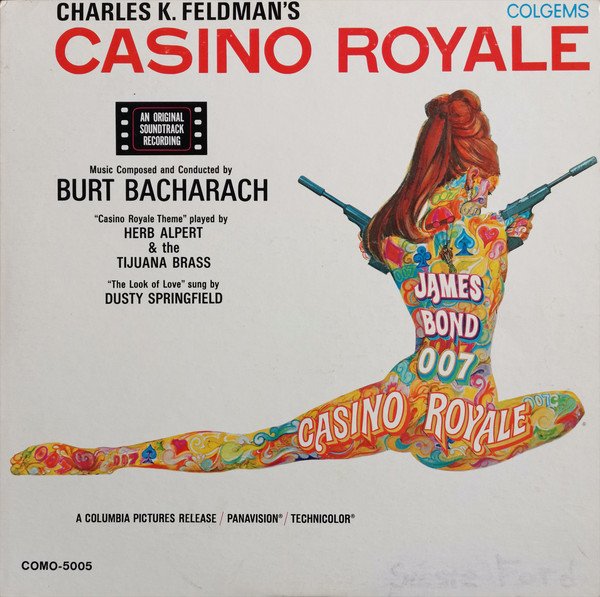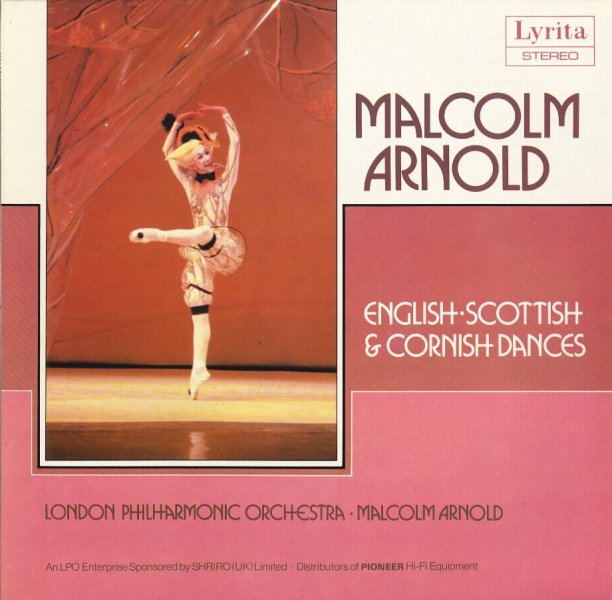Steve Williams
Site Founder, Site Co-Owner, Administrator
I must admit that in all the years that Caesar has been posting on WBF that this is the first “like I have ever given him so kudos to you Caesar. I have said here so many times that there is no right or wrong answer. There are many paths to choose and all roads lead to Rome. I have purposely limited my comments here because of all of the useless comments that IMO serve no purpose. Peter and I as well as many others here have visited Davud for an afternoon of listening. Both Peter and I spent a week with David and heard all of his systems. I think I can brag about the fact that it was I who brought to the attention of the readers here three things I learned at David’s house
1. natural sound
2. Ching Cheng power cords
3. SME 3012R tonearms
 whatsbestforum.com
whatsbestforum.com
my answer to Francisco OTOH I thought I answers by way of inference, that in all the years I’ve been in this hobby I am at peace with my system. What I heard in Utah was described perfectly by Peter so there was something that caught our ears. Plus I own the same electronics exactly as David. I made several changes to my system which continued to bring me closer to what I heard. These are all described here. i will however never achieve whst David has for many reasons. I like to think my speakers efficient at 95 Db but hearing Bionors at 114 Db was mesmerizing
I use all SME tonearm I use all CC PC’s except two as I described as well as the reasons I did such
so I think the comment s made that I dodge the question is utter bull crap. My system is well highlighted here
I given updates as to who I changed my seat as well as my sitting location and tge chabges I made to my speaker upper module positions. So to read stuff like that posted by Francisco somewhat insulting. There’s more on this website about my system than most other systems. I don’t have a clue about Francisco’s system and as for rbbert I found him to be a troll and I offered no comments.
My personal system thread has had almost 900,000 views and has been active longer than any other thread here
 whatsbestforum.com
whatsbestforum.com
if I sound a little perturbed I am so I won’t commebt further
Caesar bailed it and I wish that post appeared in this thread earlier
So @Micro no one knows the first thing about your system but yiu sure have a lot to say about other peoples systems. No pictures. Nothing. I almost find as a result that a lot of your comments are hippocritical. You’ve read my system blog since it’s inception. You know everything about my system yet you give me an imaginary question to which I give you an answer that summed it all up. And yiu say I dodge the answer.
IMO Peter has started this thread showing his new path and look at all of the arguing, name calling and nit picking there have been in this thread.
I’ll say again…… this is just a hobby and we are grown adults. As long as we are all happy in where we are in the hobby thats all that matters. For me I can say it has been a 5 year quest Ive been on to reach “natural sound” in my system I have reached where I want to be in this hobby.
it’s all a matter of getting along, stopping the name calling and I bet Peter’s thread would be 50 pages shorter but his point would have been well articulated and I think you’d all understand the path he took.
I have found that my posts here on WBF have declined because I find I’d rather be listening to music rather than talking about it to naysayers.
1. natural sound
2. Ching Cheng power cords
3. SME 3012R tonearms
One Amigo Visits Utah To Hear 5 Reference Turntables-My Step Beyond
One of the things I have always loved about this hobby is how it has always not only allowed me to meet wonderful people over the years who also share the same passion for this hobby. Being retired has also provided that extra time to allow me to travel to places I would normally never get to...
my answer to Francisco OTOH I thought I answers by way of inference, that in all the years I’ve been in this hobby I am at peace with my system. What I heard in Utah was described perfectly by Peter so there was something that caught our ears. Plus I own the same electronics exactly as David. I made several changes to my system which continued to bring me closer to what I heard. These are all described here. i will however never achieve whst David has for many reasons. I like to think my speakers efficient at 95 Db but hearing Bionors at 114 Db was mesmerizing
I use all SME tonearm I use all CC PC’s except two as I described as well as the reasons I did such
so I think the comment s made that I dodge the question is utter bull crap. My system is well highlighted here
I given updates as to who I changed my seat as well as my sitting location and tge chabges I made to my speaker upper module positions. So to read stuff like that posted by Francisco somewhat insulting. There’s more on this website about my system than most other systems. I don’t have a clue about Francisco’s system and as for rbbert I found him to be a troll and I offered no comments.
My personal system thread has had almost 900,000 views and has been active longer than any other thread here
Doctor's Orders-Part Two-The New Listening Room Of Steve Williams
The History Most of you are aware by now that I moved back to Southern California in July last year after a 20 year hiatus in the SF Bay Area. It was there that I built my "dream" sound room. That room measured 18' W x 31' L x 9-12' H (sloped ceiling which was 9 feet high at the window and 12...
if I sound a little perturbed I am so I won’t commebt further
Caesar bailed it and I wish that post appeared in this thread earlier
So @Micro no one knows the first thing about your system but yiu sure have a lot to say about other peoples systems. No pictures. Nothing. I almost find as a result that a lot of your comments are hippocritical. You’ve read my system blog since it’s inception. You know everything about my system yet you give me an imaginary question to which I give you an answer that summed it all up. And yiu say I dodge the answer.
IMO Peter has started this thread showing his new path and look at all of the arguing, name calling and nit picking there have been in this thread.
I’ll say again…… this is just a hobby and we are grown adults. As long as we are all happy in where we are in the hobby thats all that matters. For me I can say it has been a 5 year quest Ive been on to reach “natural sound” in my system I have reached where I want to be in this hobby.
it’s all a matter of getting along, stopping the name calling and I bet Peter’s thread would be 50 pages shorter but his point would have been well articulated and I think you’d all understand the path he took.
I have found that my posts here on WBF have declined because I find I’d rather be listening to music rather than talking about it to naysayers.



